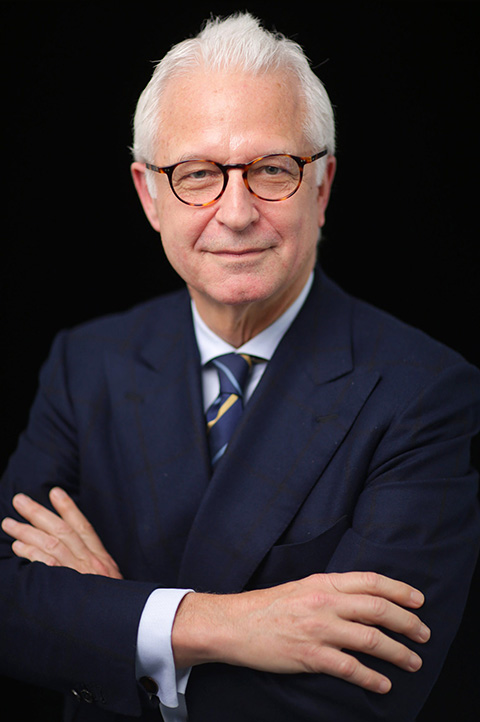
I know what to expect when I mention “awake craniotomy” to anyone – the very mention of undergoing brain surgery while awake usually makes people shudder. It’s not surprising, since we all like to keep our skull intact and our brain protected. The prospect of lying on a table, fully conscious, while a neurosurgeon manipulates our open brain can be very intimidating, to say the least.
From the neurosurgeon’s point of view, though, it’s critical to have the patient awake in the middle of certain brain surgeries. When I’m about to perform surgery on a part of the brain that may be “eloquent” (meaning critical to one of the senses), it’s important for me to know exactly what function a tiny area of the brain controls. For example, if I’m about to remove a vascular malformation near a part of the brain that controls speech, I need to plan my approach in a way that protects that part of the brain. If I’m a millimeter or two off as I work, the patient could come out of surgery with a speech or language deficit. Fortunately, awake surgery and brain mapping allow me to work safely and the patient to maintain function.
You might think that everyone’s brain is organized the same way, and that the speech center is in the exact same location for everyone. Although some parts of speech are generally controlled by the frontal lobe, in the left hemisphere for most people, it’s not an exact science. The tiny areas of my brain that affect my speech are not in the exact same place that someone else’s are. Surgery, however, is very exact. So before I can cut into a brain to remove a malformation in the frontal lobe, I need an extremely precise map of that lobe to determine where I can and cannot cut.
The only way to do that is to keep the patient speaking as we touch various parts of the lobe. And we can’t do that until the brain is exposed – with the skin opened and part of the skull temporarily removed. I’m not surprised most people are queasy about that.
The patient is put under anesthesia for the first part of the procedure, when we open the skin and remove the skull, so the patient feels no pain and has no awareness of that part of the surgery. Once the brain is exposed, however, we wake the patient up so the mapping may begin. And as we map, we talk.
Some of our conversation is very structured – our neuropsychologist conducts a series of verbal tests that include counting out loud, naming the objects in drawings, answering questions, and reading sentences — but much of it is simply conversational. Although patients are usually nervous ahead of time, most of them wake up calmly from the initial anesthesia and are fully able to carry on a conversation. It is also not unusual to joke a little, talk about sports or movies, or other things that you would not imagine doing during awake brain surgery.
The neuropsychologist keeps the patient talking, and as I probe the area to create the map he is noting any changes in speech or language that may occur. The brain is packed with neurons and synapses and fluid, but one thing it doesn’t have is pain fibers, so the patient feels no pain at all during this process.
Once we have an accurate map of where the speech center is and the lesion is removed, we put the patient back under anesthesia to replace the piece of skull and sew up the skin.
It’s a complicated process, to be sure – there are usually two neurosurgeons, an electrophysiologist, a neuropsychologist, and an anesthesiologist in the room in addition to our supporting nurses, physician assistants, and technicians. And it’s not for everyone – patients need the maturity to stay calm and answer questions even as they know someone is touching their brain. But to the patient who wakes up in recovery with the brain disorder repaired and speech intact, it was worth the conversation.
Read a first-person account of one of my patients who had an awake craniotomy: I Was Awake During My Brain Surgery